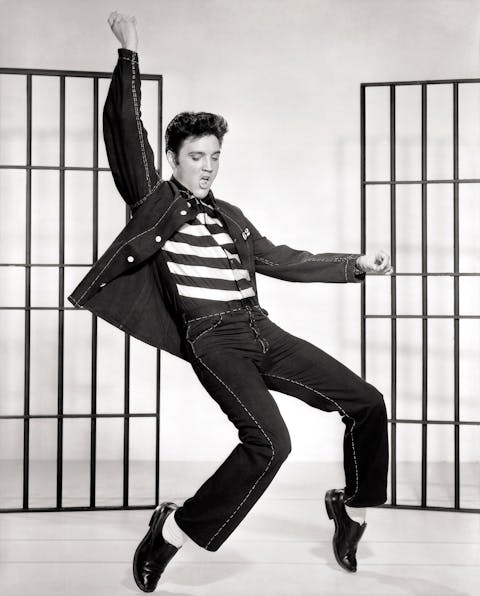Learn About Pop & Rock Memorabilia
While pop and rock music as we know them have only been around for less than a century, the impact that they have had on our culture and society has been impactful beyond words.
Record store
It would be difficult to find someone in the entire world today that is not at least familiar with some of the greatest hits of the modern era, and likely has a playlist of their favorites to listen to during spare time. Transcending the boundaries of cultures, class, and background, music is a way for us to connect with each other and enjoy a commonality that is part of what makes us human. Collecting pop and rock memorabilia is just another way to further engage with the tunes and musicians we love, and thus it is no wonder that it is a market that continues to thrive and grow as more and more people rediscover the magnetism and allure of the music of decades past.
What is pop and rock memorabilia?
Pop and rock memorabilia is a large umbrella term for the great variety of the types of items that can be associated with music. People assign great value to such objects for their direct connection to the music and musicians that they love. Pop and rock memorabilia can include anything from t-shirts, posters, instruments, albums, ticket stubs, stage costumes, handwritten lyrics by bandmembers, flyers, record players, film stills, autographed items, and more. As for the most part museums have yet to include this category in their collections, most pop and rock memorabilia is exchanged on the private sector of the collectible market; thus it is very important to establish the provenance and origin of your item in order to ensure its authenticity.

A history of pop & rock
It is difficult to pinpoint an exact moment in history when rock music was invented, as it is a genre of music that evolved and took inspiration from so many others, such as jazz, rhythm & blues, gospel, and country western. Most agree that the term ‘rock and roll’ was coined when disc jockey Alan Freed used this phrase to describe what was then known as the “race music” which he played to a multiracial audience in Cleveland, Ohio. It is a contested argument as to which song or album was the first to feature rock music, but it seemed to emerge as a movement during the late 1940’s in America, becoming increasingly and rapidly popular as it moved from its place of creation in black communities to a more widespread mainstream diverse audience. It was only within a few years that rock and roll swept over the music and teenage scene across the nation and world.
Not just music, but a lifestyle
Musicians that are most notably credited with pioneering the rock music genre include Goree Carter, Jimmy Preston, Chuck Berry, Big Joe Turner, Bo Diddley, Fats Domino, Little Richard, Jerry Lee Lewis, Elvis Presley, amongst many others. Rock and roll wasn’t only a new kind of music; it was a cultural movement. The youth of the era were attracted to this hot new wave of entertainment and embraced it as a means to rebel against the conservatism of 1950’s America that their parents had worked to build. In comparison to the squeaky clean subjects of previous pop music, rock featured themes that glorified and advocated for sexual freedom and youthful rebellion. Many members of the older generation were scandalized by what they viewed as a controversial attack upon American morals and the nuclear family, which in turn of course only made rock music that much more attractive to an eager teenaged demographic.
"Rock music broke out into many different subgenres, and was thus appealing to just about anyone, whether they be a casual listener of the radio’s top 40, a highly knowledgeable appreciator of the obscure underground scene, or something in between."
A fast evolution
As rock and roll music evolved quickly from a shocking and contentious new youth movement to a deeply embedded component of western entertainment and culture, its influence became globalized; and with a greater outreach and audience, new bands and musicians began to emerge across the world, all with their own sets of inspiration and perspectives. Rock music broke out into many different subgenres, and was thus appealing to just about anyone, whether they be a casual listener of the radio’s top 40, a highly knowledgeable appreciator of the obscure underground scene, or something in between.
Why collect pop & rock memorabilia?
Today pop and rock music plays an every day role in most of our lives, and thus it is easy to take for granted how relatively new this form of entertainment is. However for the music enthusiast, pop and rock are the paramount of culture, and collecting items that bear connection with some of the greatest names of the industry can be a highly satisfying way not only to invest, but to feel closer to something that holds upmost importance to our identity. Throughout the years, countless objects have been created or used in music spaces, whether in the recording studio, on the tour bus, or on stage; and it is these iconic symbols of entertainment that hold such great value for so many. With such a compelling history behind the development of pop and rock music, it is easy to see why so many today seek memorabilia as a means to build a collection that represents something bigger than ourselves.

